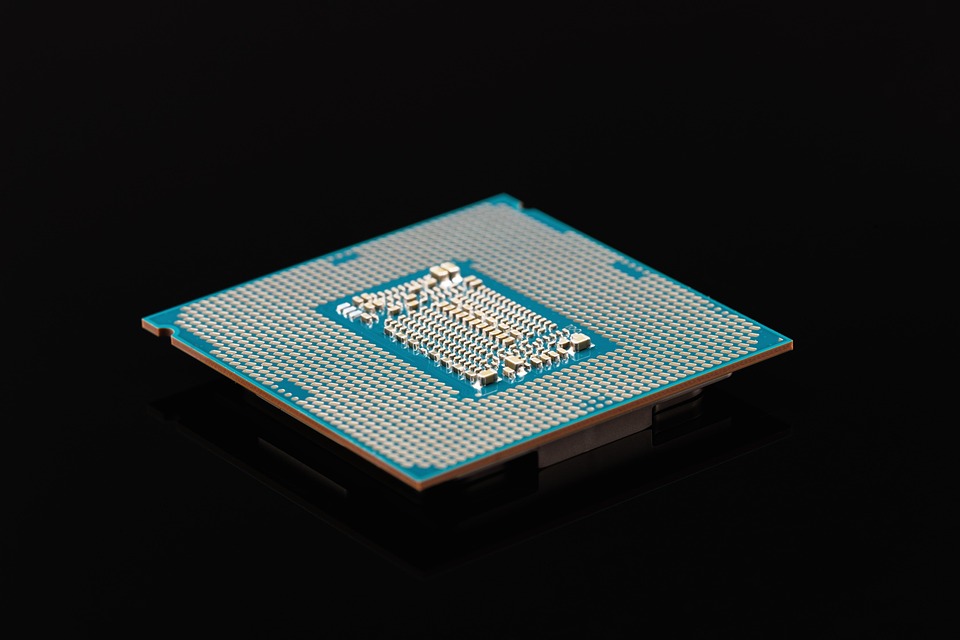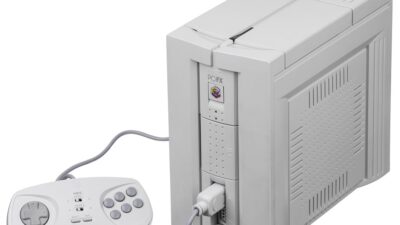In the digital age, we rely heavily on technology for nearly every aspect of our lives. From smartphones to laptops, and even the simplest home appliances, technology is deeply integrated into our daily routines. At the heart of these devices lies the Central Processing Unit (CPU), often referred to as the "brain" of the computer. While users frequently celebrate innovations in software and hardware design, the CPU remains an unsung hero, silently managing countless tasks that make our daily computing possible.
The Role of the CPU
The CPU is designed to process instructions from computer programs, executing them rapidly and efficiently. This performance is foundational to executing applications, managing system resources, and ensuring user data is handled securely. Its primary responsibilities can be broken down into several key functions:
1. Instruction Execution
At its core, a CPU processes instructions using a cycle known as the fetch-decode-execute cycle. The CPU fetches instructions from memory, decodes what needs to be done, and then executes the appropriate commands. This happens billions of times per second, enabling seamless operation of multiple applications. Whether you’re typing a document or streaming a video, millions of these instructions are being processed in unison.
2. Resource Management
CPUs are experts in multitasking. They manage system resources such as memory, storage, and input/output devices effectively. When you open multiple browser tabs, the CPU allocates tasks and memory among them, allowing you to switch between them without delay. This management involves complex algorithms to ensure that all processes run smoothly, and it effectively prevents system overloads.
3. Data Processing
Every action on a computer requires data processing. From rendering graphics in video games to managing databases in business software, the CPU conducts vast amounts of calculations and data manipulations. Even tasks like editing photos or processing spreadsheets rely heavily on the CPU’s ability to handle and process data flows swiftly.
4. Interfacing with Other Components
The CPU does not work in isolation. It communicates with other crucial components like the Graphics Processing Unit (GPU), memory (RAM), and storage systems (HDDs or SSDs). This interfacing ensures that the CPU receives the required information and instructions to function correctly, helping create a cohesive user experience.
Everyday Applications
Consider common tasks we perform every day—sending emails, browsing the internet, or playing a video game. Each of these activities, while seemingly simple, relies on the CPU’s ability to perform myriad functions:
-
Web Browsing: When you type a query into a search engine, your CPU fetches data from the internet, processes it, and displays it. This involves executing scripts, rendering webpages, and managing network communications—all at lightning speed.
-
Video Conferencing: Tools like Zoom or Microsoft Teams rely on real-time data communication. The CPU compresses audio and video, managing data flows to ensure smooth and clear interactions.
- Gaming: Modern video games require heavy computational power. The CPU simultaneously manages game logic, AI behaviors, and network calculations (for multiplayer environments) while handing off graphical rendering tasks to the GPU.
The Evolution of CPUs
From the early days of computing, CPUs have undergone significant transformations. With technological advancements, they have become more powerful, energy-efficient, and capable of parallel processing.
-
Multi-core Processors: The introduction of multi-core technology allows CPUs to handle multiple tasks simultaneously, improving performance for multi-threaded applications.
-
Energy Efficiency: Modern CPUs are designed to optimize energy consumption, adjusting their performance based on the tasks at hand to conserve power.
- Artificial Intelligence Integration: Newer CPUs are also being designed with specialized cores to handle AI tasks, allowing for better processing of machine learning algorithms and smart applications.
Conclusion
While flashy graphics or high-speed internet connections capture our attention, it is the CPU that remains the cornerstone of everyday computing. Its work is often invisible, yet essential. For any user producing content, engaging with technology, or simply browsing online, understanding the indefatigable role of the CPU adds a layer of appreciation for the seamless experience it provides. So, the next time you interact with your favorite device, remember the unsung hero at its core— the CPU, tirelessly working behind the scenes to power our digital lives.



